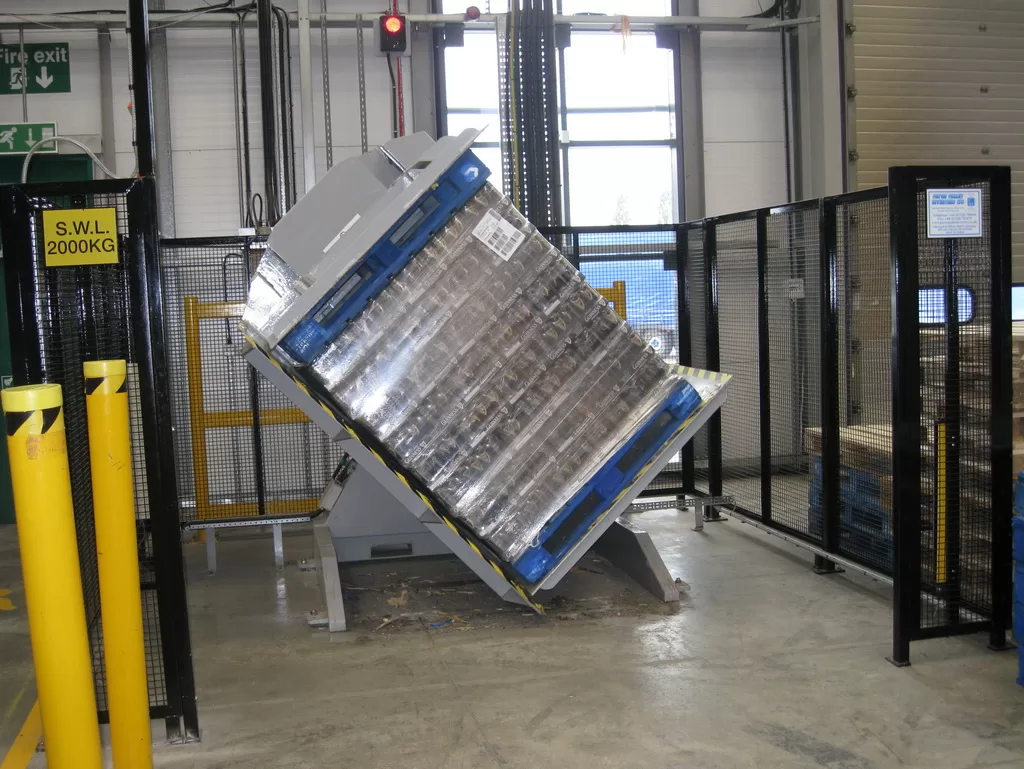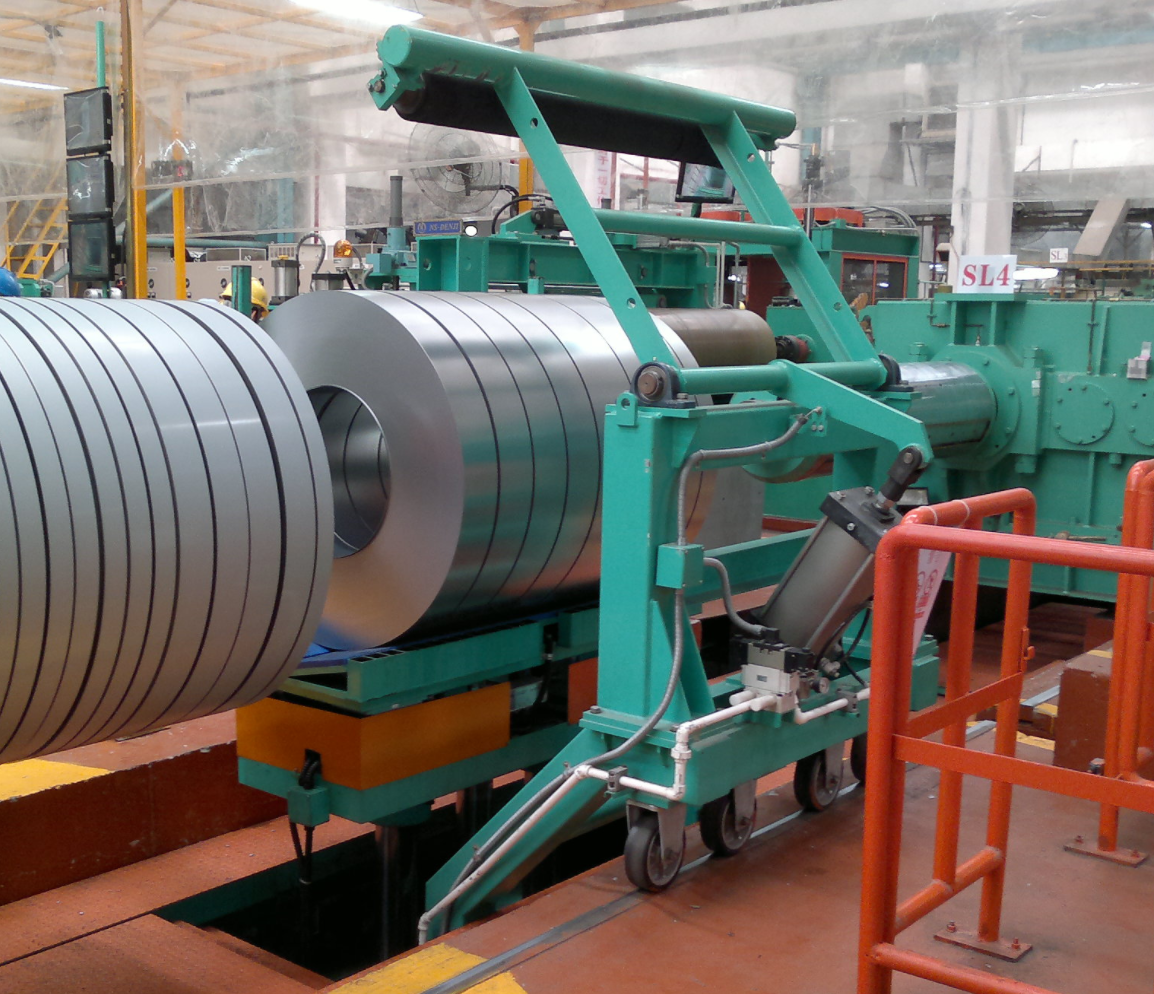Faced with rising costs and mounting environmental concerns, can we afford to ignore energy-efficient coil packers? These machines offer a sustainable solution to cut expenses while reducing carbon footprints. As experienced professionals in the packaging industry, we know the importance of balancing costs and sustainability. Let’s explore how these innovations can change the game.
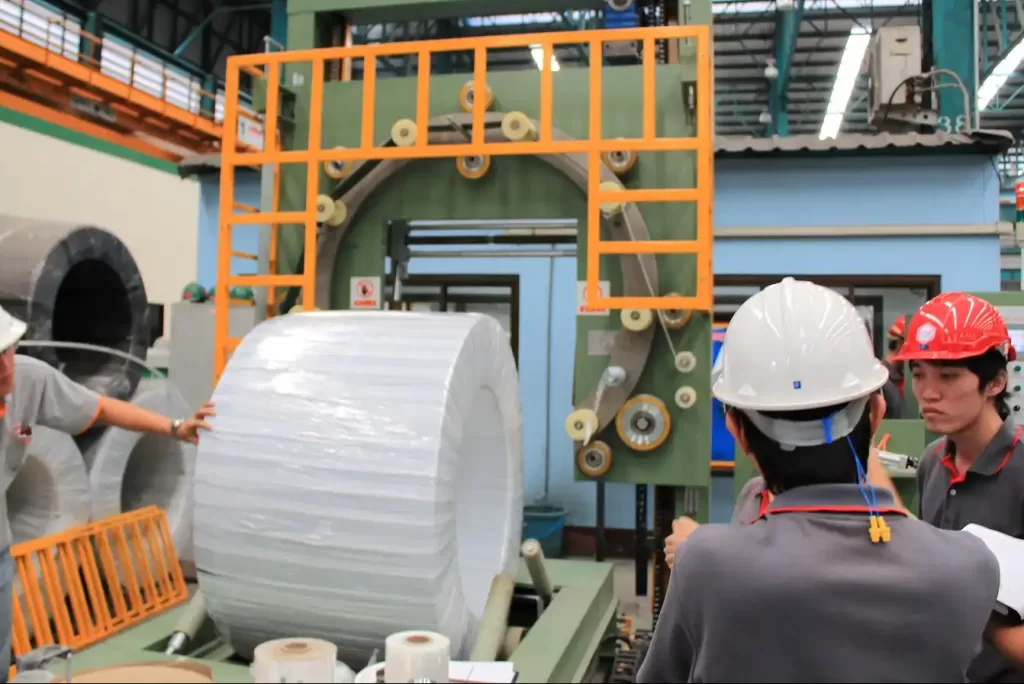
Energy-efficient coil packers significantly lower operational costs by minimizing energy consumption and reducing waste. Their advanced technology ensures efficient use of resources, which directly impacts the bottom line. These machines require less maintenance, leading to fewer interruptions and enhanced productivity. As businesses strive for operational excellence, adopting these solutions becomes a strategic advantage.
Worried about the transition to energy-efficient technology? Don’t be. Embracing eco-friendly machinery doesn’t just save money; it also streamlines operations and enhances sustainability. In today’s competitive market, staying ahead means making smarter choices that offer long-term benefits. Let’s delve deeper into how these innovative machines influence operational costs and sustainability practices.
1. How Do Energy-Efficient Coil Packers Lower Operational Costs?
In the ever-evolving world of manufacturing, reducing costs without sacrificing quality is crucial. High operational expenses can eat into profits. Energy-efficient coil packers offer a remarkable solution. These machines achieve peak performance while significantly cutting down on power usage. Imagine the savings! Let’s look into why they’re worth considering.
Energy-efficient coil packers lower operational costs through optimized energy use and reduced maintenance needs. Their smart technology schedules and operates efficiently, thus extending lifespan and minimizing downtime. They also use fewer resources, which translates to less waste and more savings. As industries become more eco-conscious, choosing energy-efficient machinery isn’t just cost-effective—it’s necessary.
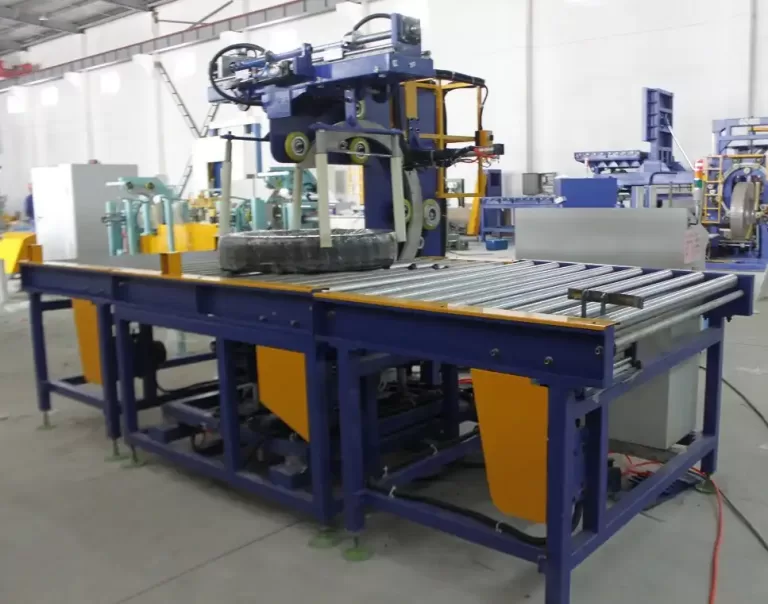
Understanding Energy Efficiency in Detail
Diving into the nitty-gritty of energy-efficient coil packers, we find that advancements in mechanical and electrical engineering play significant roles. These machines are designed to optimize every watt of electricity, turning power into precise motion and packaging. But how exactly does this translate to lower costs?
One practical aspect is the reduction in downtime. Traditional machinery often requires frequent breaks for cooling or maintenance. Energy-efficient models minimize these interruptions. For example, a machine operating with a 20% improvement in energy efficiency can save a company thousands over its lifetime.
Consider a scenario: Two coil packers are in use—Machine A, a traditional model, and Machine B, an energy-efficient one. Let’s break down their performance:
| Machine Type | Annual Energy Use | Maintenance Cost | Downtime (hours/year) |
|---|---|---|---|
| Traditional A | 10,000 kWh | $5,000 | 200 |
| Efficient B | 8,000 kWh | $3,500 | 100 |
In this simple example, Machine B shows a clear reduction in energy use, maintenance costs, and downtime—all contributing to operational savings. The long-term impact is further compounded by a reduced environmental footprint, aligning with sustainable practices.
Adopting energy-efficient packers isn’t just about savings. It’s a smart business move that ties into a broader vision of sustainable manufacturing. By investing in this technology, companies can stay competitive, responsible, and profitable, creating a win-win scenario for all stakeholders involved.
Explore our selection of innovative coil packing machines.
2. What Environmental Benefits Do Energy-Efficient Coil Packers Offer?
In today’s world of fierce competition, environmental sustainability has become more critical than ever. The balance between operational efficiency and eco-friendliness is crucial. Energy-efficient coil packers present a viable solution, offering both cost reduction and minimized environmental impact, making them an ideal choice for modern manufacturers.
Energy-efficient coil packers contribute significantly to reducing carbon footprints and energy consumption in manufacturing facilities. By utilizing advanced technologies, these machines decrease waste and promote sustainable manufacturing practices. They help industries achieve more efficient energy use and lower emissions, fostering a positive impact on the environment.
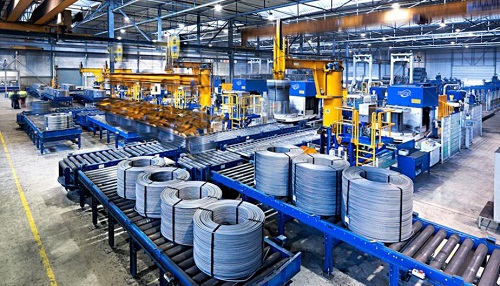
Exploring the Connection Between Energy Efficiency and Sustainable Manufacturing
Energy-efficient coil packers are not just about reducing operational costs. They are vital players in sustainable manufacturing. The following table illustrates various factors contributing to this relationship:
| Factor | Impact on Sustainability | Example |
|---|---|---|
| Energy Consumption Reduction | Lowers overall facility energy requirements | Implementing variable frequency drives in machinery |
| Waste Minimization | Reduces material wastage during the packaging process | Using precision control systems for material handling |
| Emission Control | Decreases harmful emissions from manufacturing setups | Installing emission reduction systems in production |
When discussing these factors, the focus is not just on their individual benefits. It’s about understanding the entire ecosystem that these energy-efficient machines create. As they reduce energy use, they allow manufacturers to allocate resources more effectively, ultimately leading to a smaller carbon footprint. Moreover, the reduction in emissions helps in complying with stringent environmental regulations. From my years in the field, I’ve personally witnessed how these implementations lead not only to a more sustainable approach but also to improved financial outcomes for businesses in the long term. By investing in such advanced technologies, companies can contribute positively to both the global ecosystem and their bottom line.
3. What Technological Innovations Enhance the Efficiency of Coil Packers?
The demand for productivity and sustainability has driven technological innovations in the packaging industry. Advanced coil packers now feature cutting-edge technologies that enhance both efficiency and performance, transforming the way industries approach packaging tasks.
Technological advancements in coil packers focus on automation, precision, and reliability. By incorporating innovations like IoT, predictive maintenance, and AI-based control systems, these machines improve operational efficiency, thus reducing wastage, labor costs, and energy usage. This effort also means consistent quality and minimal downtime.

The Role of Innovative Technologies in Modern Coil Packing
To truly appreciate the impact of these technologies, we must delve into specific innovations that enhance these machines’ efficiency:
| Innovation | Efficiency Enhancement | Example |
|---|---|---|
| Internet of Things (IoT) | Enables real-time monitoring and diagnostics | Sensor networks providing instant machine status updates |
| Predictive Maintenance | Reduces unexpected downtimes and improves longevity | AI algorithms predicting component failures before they occur |
| AI-Based Control Systems | Enhances precision and adaptability | Machine learning models optimizing packing parameters |
When I think about how these innovations came about, I’m reminded of the countless meetings, brainstorming sessions, and trials we underwent over decades. Each step was aimed at making machines smarter and more resource-efficient. IoT gives operators unprecedented control, letting them proactively manage their systems. Predictive maintenance ensures that service times are scheduled before issues arise, avoiding costly failures. AI-based control systems adapt to each coil’s unique characteristics, ensuring the best possible outcome with each operation. These technologies combined bring coil packing operations to new heights, offering enormous potential for future developments.
Conclusion
Energy-efficient coil packers are pivotal in driving both cost savings and environmental sustainability within the manufacturing sector. By integrating advanced technologies and sustainable practices, industries can achieve significant financial and ecological benefits, paving the way for a greener future.



